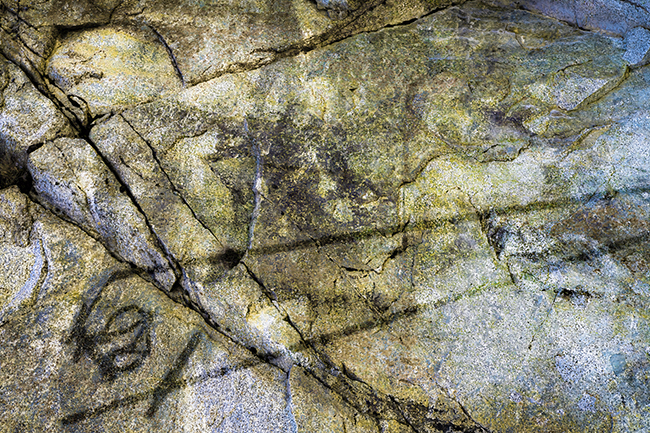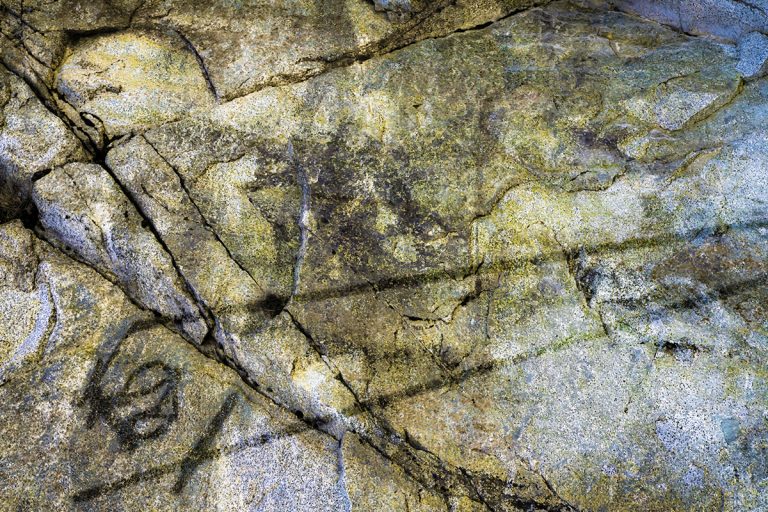Julian Jollon isn’t a painter chasing trends or market noise. He’s someone who’s walked through fire—both literally and creatively—and come back with something to say. A trained artist who stepped away from art for fifteen years, Jollon’s story is one of survival and return. During that long break, he underwent a liver transplant and worked in hospital epidemiology—witnessing the fragility of life up close. When he returned to art, it wasn’t as a hobby or escape. It was a calling. A slow, steady rediscovery of purpose.

His work, shaped by myth, spirit, and symbolism, isn’t interested in surface beauty. It moves in deeper territory. Jollon explores ancient beliefs and cultural archetypes, using abstraction as a tool to make sense of the invisible forces we feel but can’t name. The spiritual, the ancestral, the unknowable—all of it pulses through his images, asking us to listen as much as to look.
One of Jollon’s pieces, Black Elk, stands out as a work that blends art, history, and something beyond explanation. It takes its name and essence from Black Elk Speaks, the 1932 book by John Neihardt, recounting the visions and wisdom of Black Elk, a Lakota shaman. Jollon doesn’t just illustrate a story—he lets it move through him.
The image began with the simple shape of a boulder. On its upper left, a faint outline emerged: a warrior-shaman, not drawn deliberately but revealed during the process. This wasn’t planned. It was discovered.
Then came something even stranger. While working on the piece digitally, two distinct shapes moved across the screen on their own: a coup stick and a cross. They weren’t part of any layer Jollon had created. They just… appeared. And they stayed. It felt, to him, like a presence—a sign. Not spooky, but sacred. As if Black Elk himself was guiding the hand that made the image.
The coup stick is a powerful object in Lakota culture. It’s not a weapon in the traditional sense, but a symbol of bravery. Warriors would ride into battle not to kill, but to “count coup”—to get close enough to an enemy to touch him and ride away unharmed. It was about courage, not bloodshed. To Jollon, the coup stick appearing in the work wasn’t just coincidence. It was a gesture. A nudge from the spirit world.
The cross, too, carries weight. Not just as a Christian symbol, but as a shape that intersects—four directions, four seasons, four winds. It anchors the piece between worlds, between traditions. The warrior/shaman figure becomes a bridge: between Black Elk’s vision and ours, between ritual and image.
The way Jollon talks about this piece makes it clear that Black Elk is more than just an artwork. It’s an experience he’s trying to share. There’s no ego in it. No forced narrative. It’s about being open. Letting things happen. Letting the work become what it wants to be.
There’s something very grounded about that. In a world where art is often about control—control of message, of form, of interpretation—Jollon steps aside. He lets intuition lead. He lets mystery enter the room. It’s a reminder that art doesn’t always need to be understood to be meaningful. Sometimes it just needs to be.
And this is what makes Julian Jollon’s work resonate. He isn’t painting mythologies to teach them. He’s inviting us to enter them. To feel their shape. To sit with their questions. His images, like Black Elk, aren’t loud or flashy. But they carry something—an undercurrent of story, soul, and sincerity—that’s hard to ignore.


